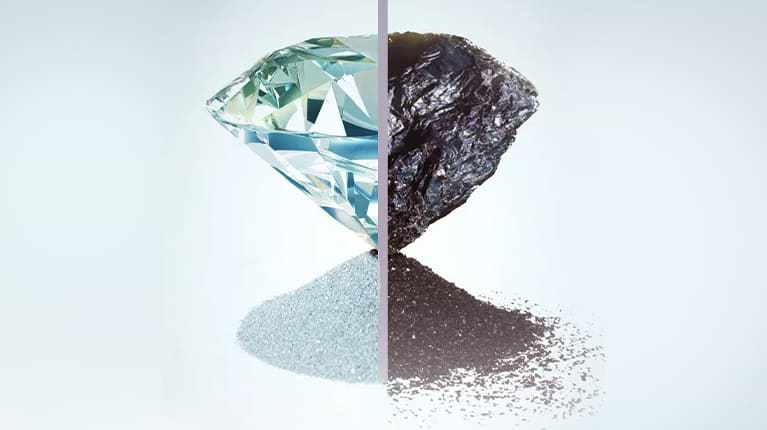Diamonds have long been seen as a symbol of love, commitment, and luxury. However, with advancements in technology, the diamond industry has undergone a significant transformation, leading to the rise of mined or lab grown diamonds. This article explores the key differences between mined and lab-grown diamonds, their environmental impacts, and consumer perceptions.
What Are Mined Diamonds?
Mined diamonds, also known as natural diamonds, are formed deep within the Earth’s mantle over billions of years. They are created under extreme heat and pressure, resulting in the crystalline structure that gives diamonds their brilliance. Mined diamonds are extracted through various methods, including open-pit mining, underground mining, and alluvial mining. These processes can be environmentally damaging, leading to habitat destruction and significant carbon emissions.
What Are Lab-Grown Diamonds?
Lab-grown diamonds, or synthetic diamonds, are created in controlled environments using advanced technological processes that replicate the natural conditions under which mined diamonds form. There are two primary methods for producing lab-grown diamonds. The first method is High Pressure High Temperature (HPHT), which mimics the natural conditions of diamond formation, using high pressure and temperature to convert carbon into diamonds. The second method is Chemical Vapor Deposition (CVD), where a gas mixture is used to deposit carbon atoms onto a substrate, gradually forming diamonds layer by layer.
Lab-grown diamonds are chemically and physically identical to mined diamonds. They exhibit the same hardness, brilliance, and light dispersion, making them virtually indistinguishable from their natural counterparts without the use of specialized equipment.
Key Differences Between Mined and Lab-Grown Diamonds
One of the most apparent differences between mined and lab-grown diamonds is their origin. Mined diamonds come from the Earth, while lab-grown diamonds are produced in laboratories. The cost is another significant factor; lab-grown diamonds are generally less expensive than mined diamonds. This price difference can be significant, with lab-grown diamonds often costing 20-40% less than mined diamonds of comparable quality.
The environmental impact of mined diamonds is considerable due to the mining processes involved, which can lead to soil erosion, deforestation, and biodiversity loss. In contrast, lab-grown diamonds typically have a smaller ecological impact, although the energy used in their production can still contribute to carbon emissions, depending on the energy sources employed.
Ethical considerations also play a crucial role in the diamond industry. Mined diamonds have faced scrutiny over the years due to concerns about “blood diamonds” or “conflict diamonds,” which are mined in war zones and sold to finance armed conflict. Lab-grown diamonds present a more ethical option, as they are produced without the ethical concerns associated with mining.
Lastly, the value retention of mined diamonds tends to be better than that of lab-grown diamonds. While lab-grown diamonds are gaining popularity, their resale value may be lower due to their abundant supply and the perception that they are less “rare.”
Consumer Perception
The perception of lab-grown diamonds is evolving. Many consumers appreciate the affordability and ethical considerations associated with lab-grown options. They are particularly appealing to younger generations who prioritize sustainability and ethical sourcing in their purchasing decisions.
However, some consumers still prefer mined diamonds, often valuing the traditional aspects of diamond ownership, including their natural origin and the romantic history associated with them.
Conclusion
The choice between mined and lab diamonds ultimately depends on personal preferences, values, and budget. While mined diamonds offer a sense of tradition and rarity, lab-grown diamonds provide an affordable, ethical, and environmentally friendly alternative. As consumer awareness grows, the diamond industry continues to evolve, offering a diverse range of options for all types of buyers.



